集合源码分析08——Map——Properties分析
Properties分析
- 案例引入
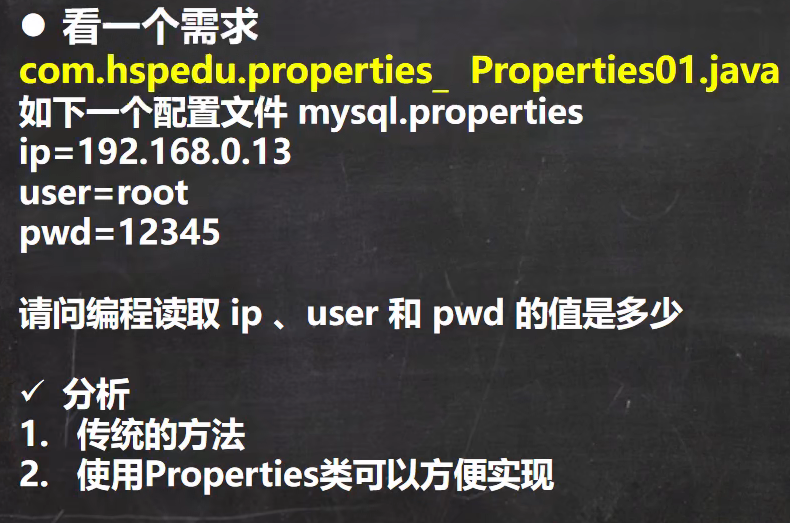
- 传统方法:

这时如果我们要求只获取一个值就比较麻烦

- 基本介绍
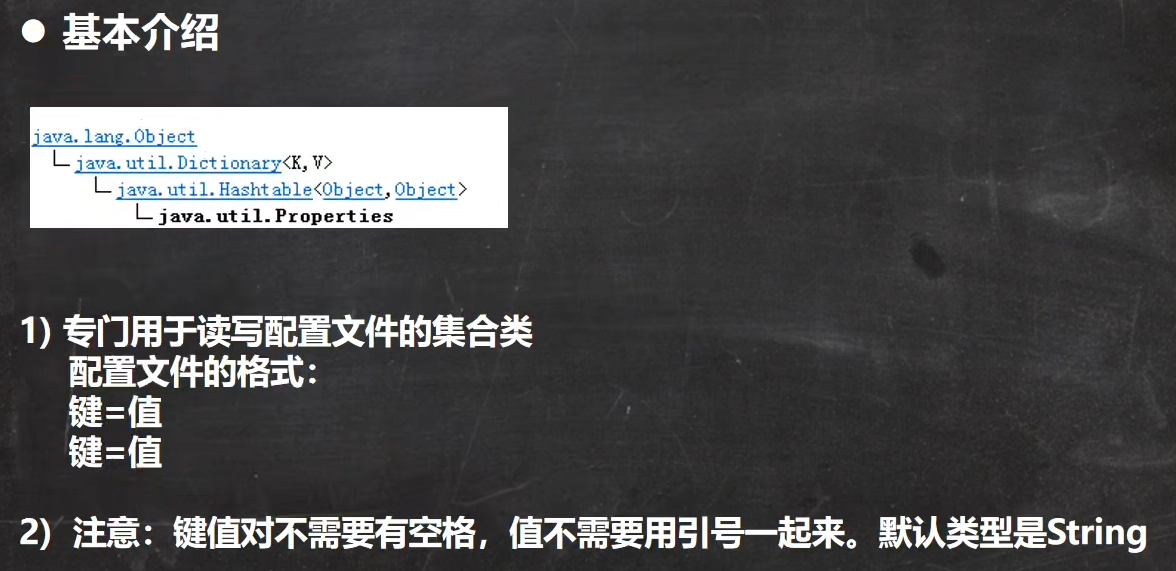

Java 读写Properties配置文件 - 旭东的博客 - 博客园 (cnblogs.com)
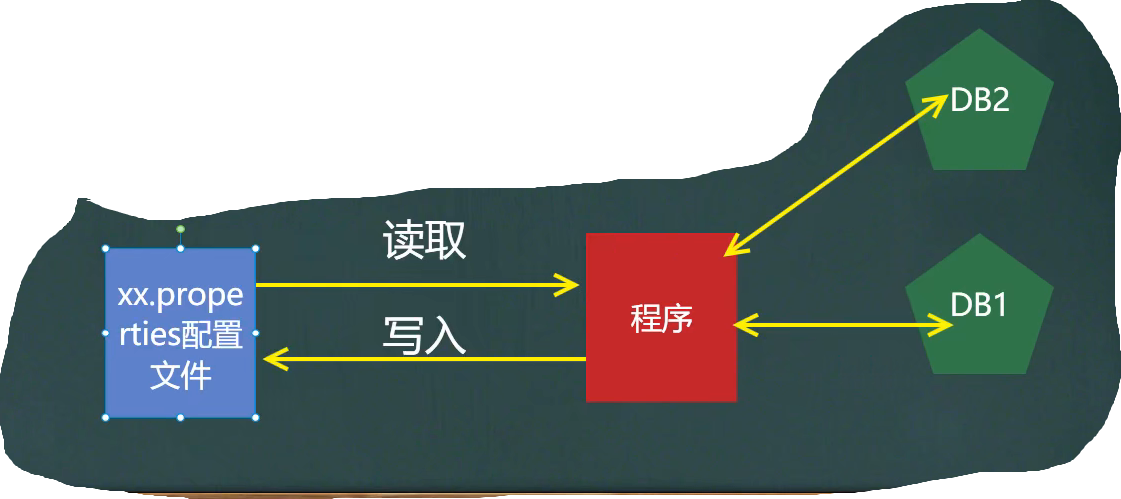
1.可以看到Properties是Hashtable的子类所以也间接实现了Map接口
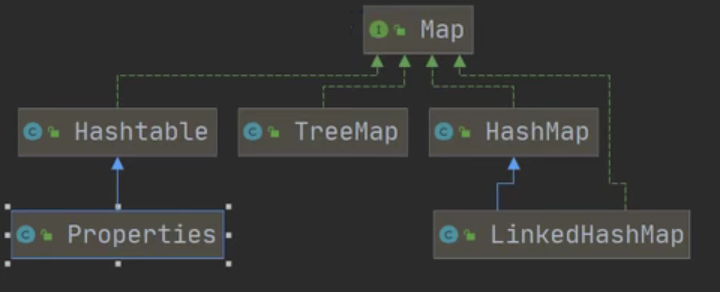
2.因为是Hashtable的子类所以K、V值也都不能为空

3.
package collection.map;
import java.util.Properties;
public class Properties01 {
public static void main(String[] args) {
Properties properties = new Properties();
properties.put("name","root");
properties.put("password","123456");
System.out.println(properties);
System.out.println(properties.get("name"));
}
}

- 常用方法:

http://tool.chinaz.com/tools/unicode.aspx
代码演示:
1.读取
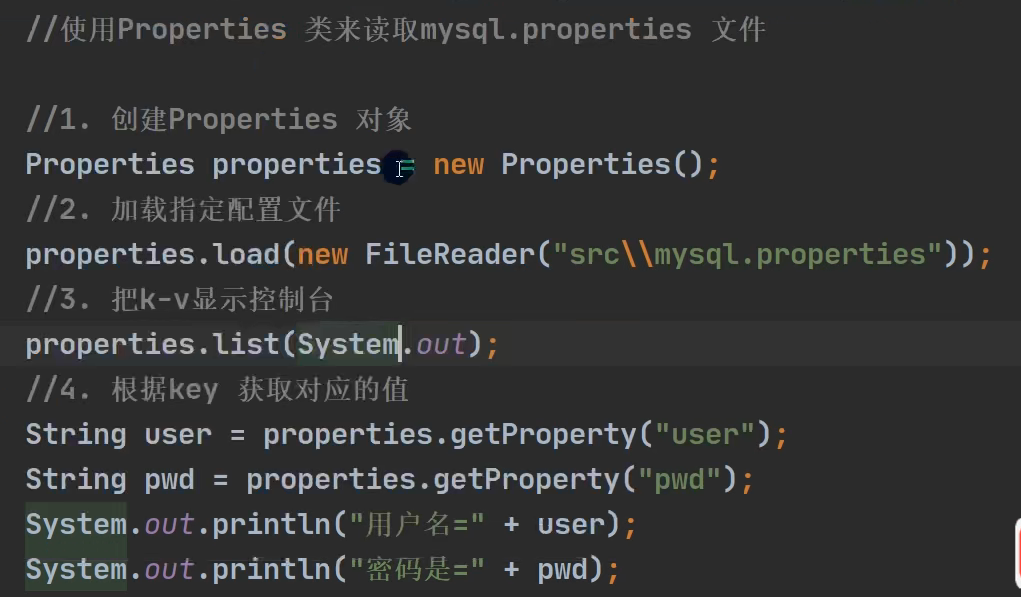
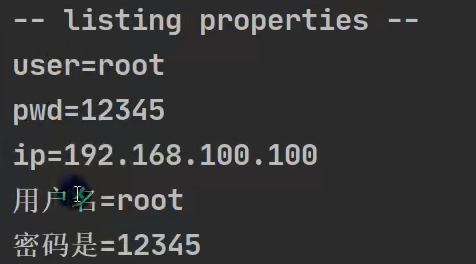
2.写入
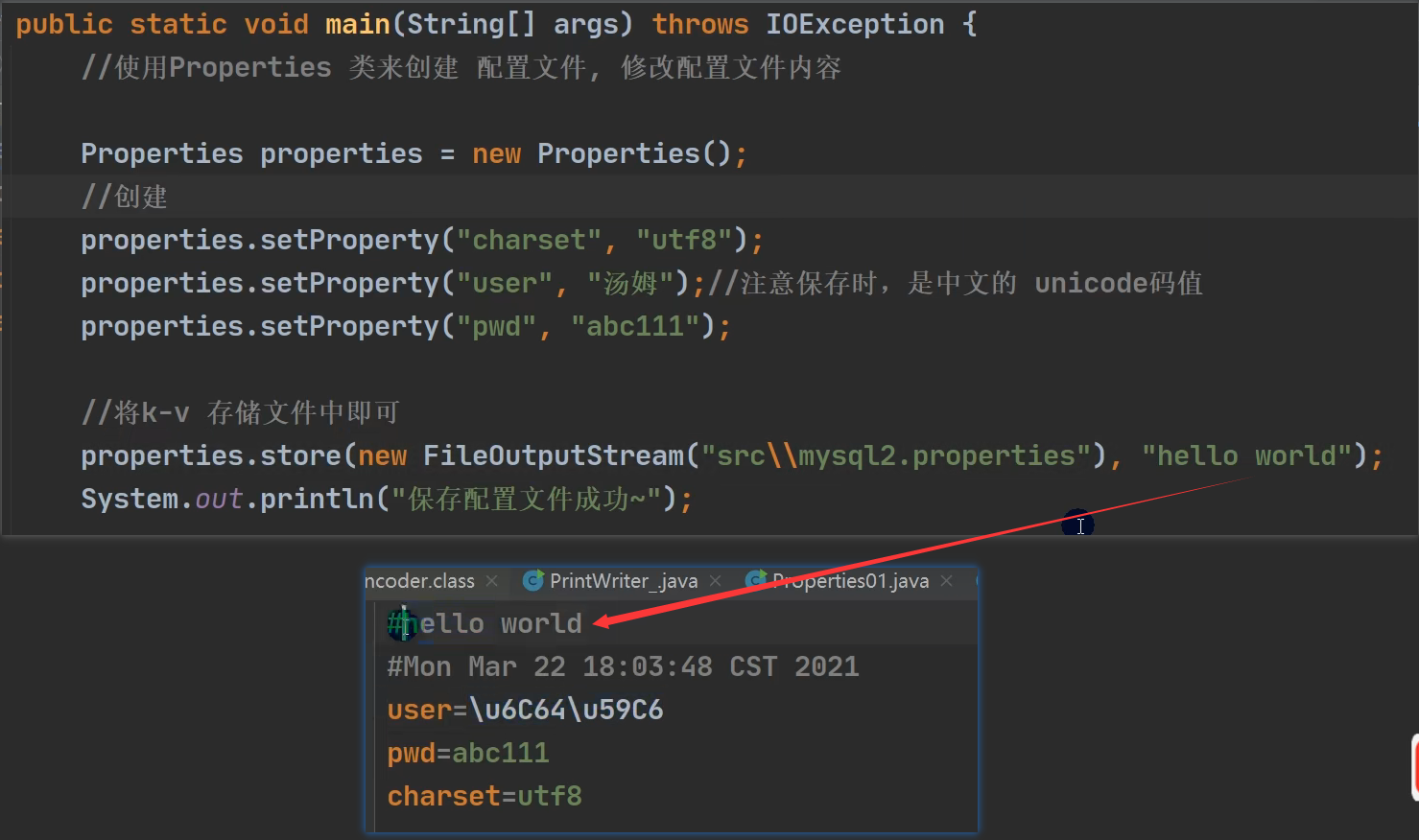
这里第二个参数是注解,如果没有要求可以置空
3.修改

put方法源码:
public synchronized V put(K key, V value) { // Make sure the value is not null if (value == null) { throw new NullPointerException(); 可以看到V不能为空 } // Makes sure the key is not already in the hashtable. Entry<?,?> tab[] = table; int hash = key.hashCode(); int index = (hash & 0x7FFFFFFF) % tab.length; @SuppressWarnings("unchecked") Entry<K,V> entry = (Entry<K,V>)tab[index]; for(; entry != null ; entry = entry.next) { if ((entry.hash == hash) && entry.key.equals(key)) { V old = entry.value; entry.value = value; 如果key存在就替换 return old; } } addEntry(hash, key, value, index); 如果是新的key就添加 return null; }
- 创建properties文件
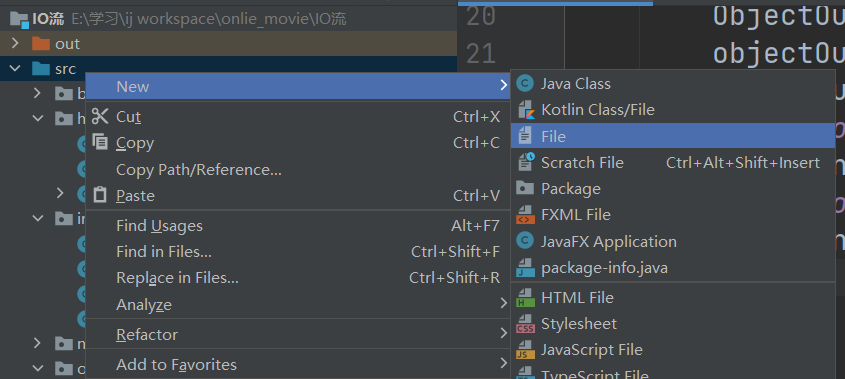
本文来自博客园,作者:紫英626,转载请注明原文链接:https://www.cnblogs.com/recorderM/p/15830412.html


